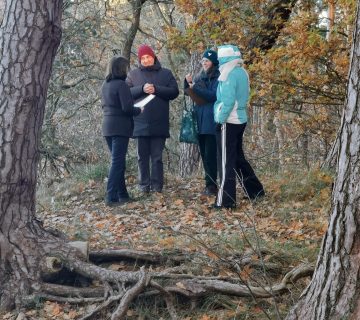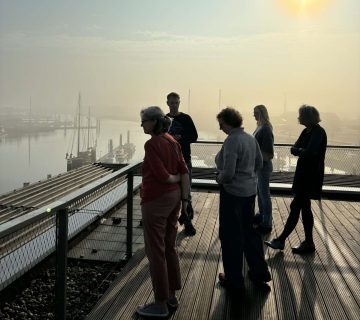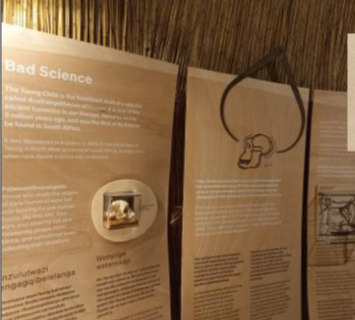The IE Architects Team invites all IE members to contribute with suggestions for a best practice catalogue on successful ‘marriages’ of architecture and heritage interpretation.
The role of architects in interpretation projects includes designing complete buildings (e.g. visitor centres), re-using historic buildings (e.g. a historic railway station in a way that its history can be experienced), landscape architecture (e.g. as built elements of interpretive trails) and interior design (e.g. exhibition design). Because of process management and budget considerations, the cooperation of architects and interpretive planners is, generally, not part of the first steps of a project. In the end, the interpretive planner has to work within an envelope which doesn’t necessarily suit her/his needs. Or the architect – who might or might not have skills in heritage interpretation – is also commissioned to do the interpretive planning. Sometimes this goes well – the interpretive planner can compensate for an unsuitable architecture or the architect can do good interpretive planning. In a few cases, the architect and the interpretive planner are actually commissioned to work together. Those are the cases we are looking for!
The team is searching for examples that:
- turn phenomena into experiences
- provoke resonance and participation
- offer paths to deeper meaning
- foster stewardship for heritage.
The IE Architects Team is working on putting together a best practice catalogue to showcase how good interpretation can benefit from good architecture and vice versa. Besides becoming one more exciting IE publication, this catalogue will be the basis for approaching architects and introducing them and their professional organisations to the concept of heritage interpretation.
To accomplish this, we need your help! We need suggestions of completed projects where architecture and interpretive planning work as a whole (please bear in mind that you may, but haven’t necessarily been involved in the project as architect, interpretive planner, consultant etc.).
Please complete our questionnaire.
We are looking forward to receiving many interesting suggestions and thank you for your kind support.
Claudiu Silvestru is a trained architect who has worked with several architectural offices dealing with protected sites and the reuse and extension of historical buildings. His research activity focuses on the role of cultural heritage in urban development and for contemporary society. Since 2018 he has been the IE Architects’ Coordinator. You can get in touch with him at claudiu.silvestru@interpret-europe.net




